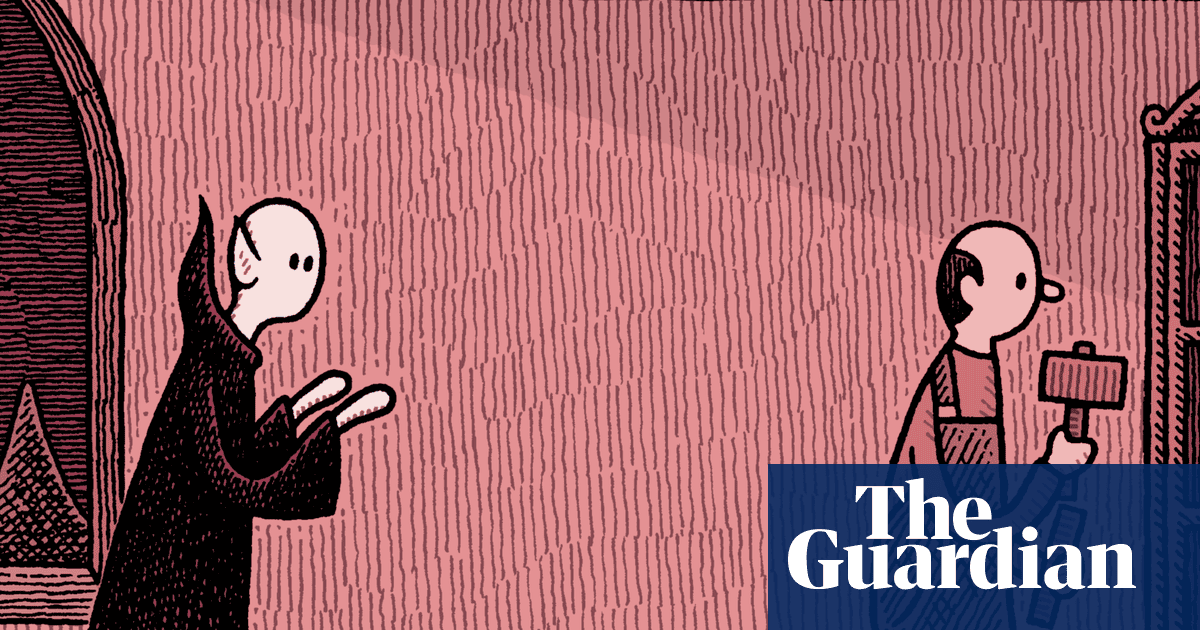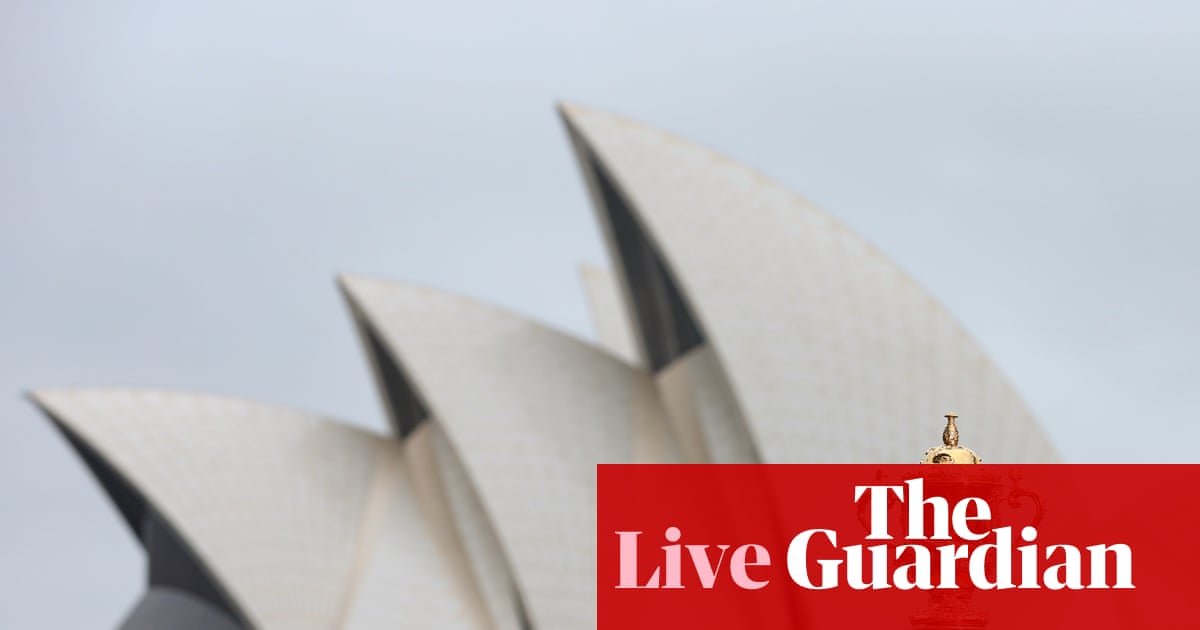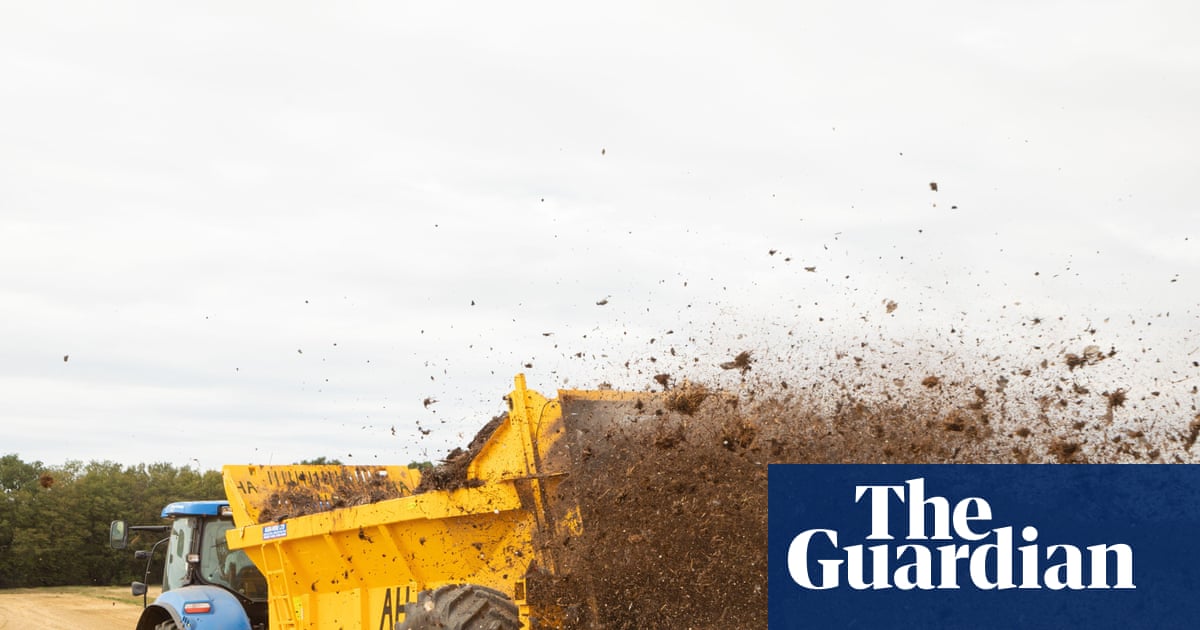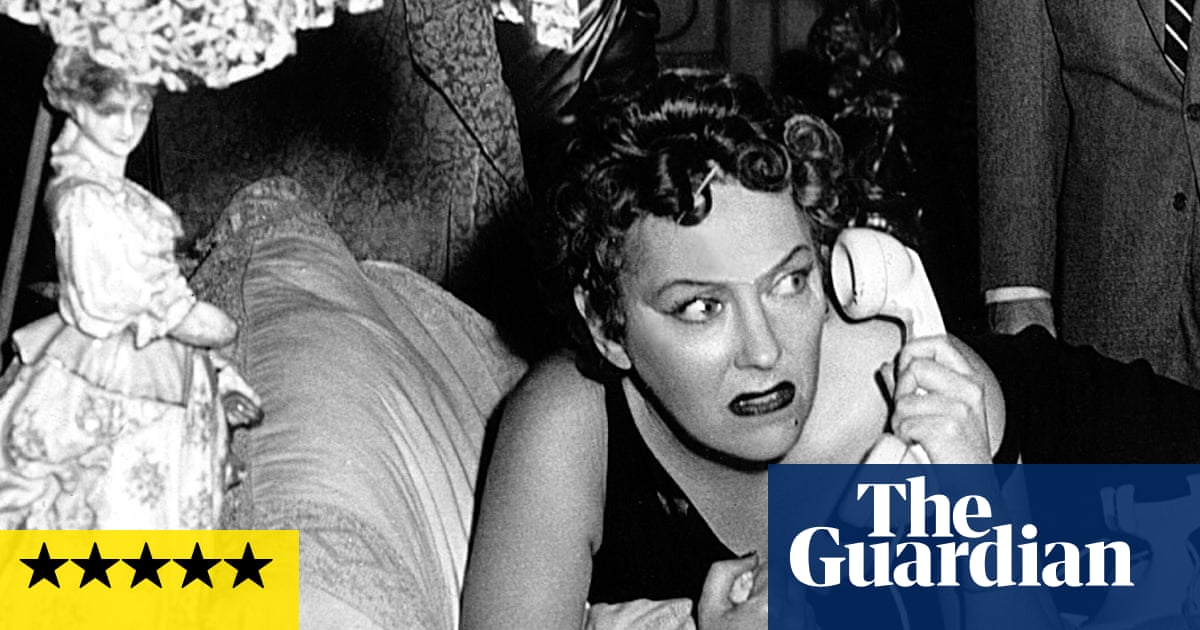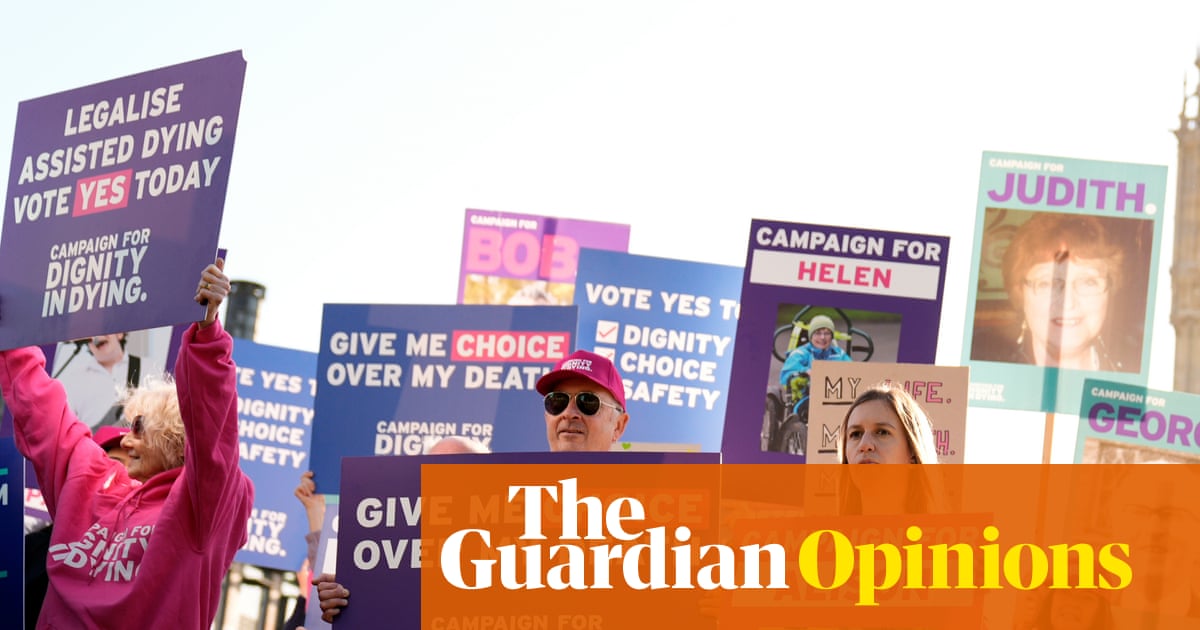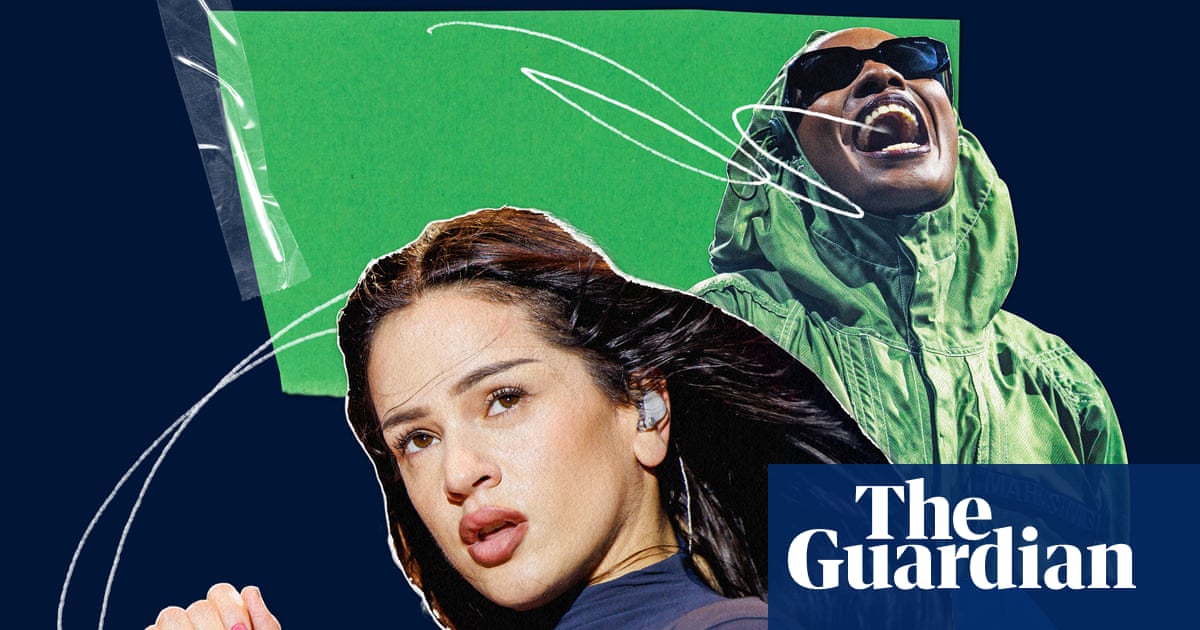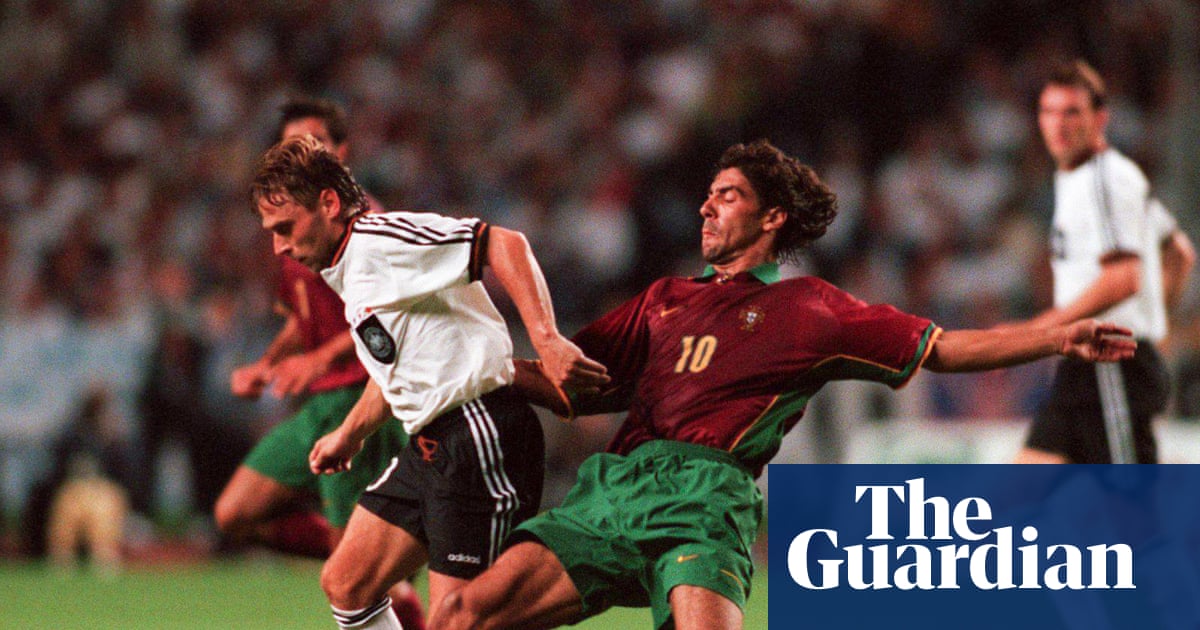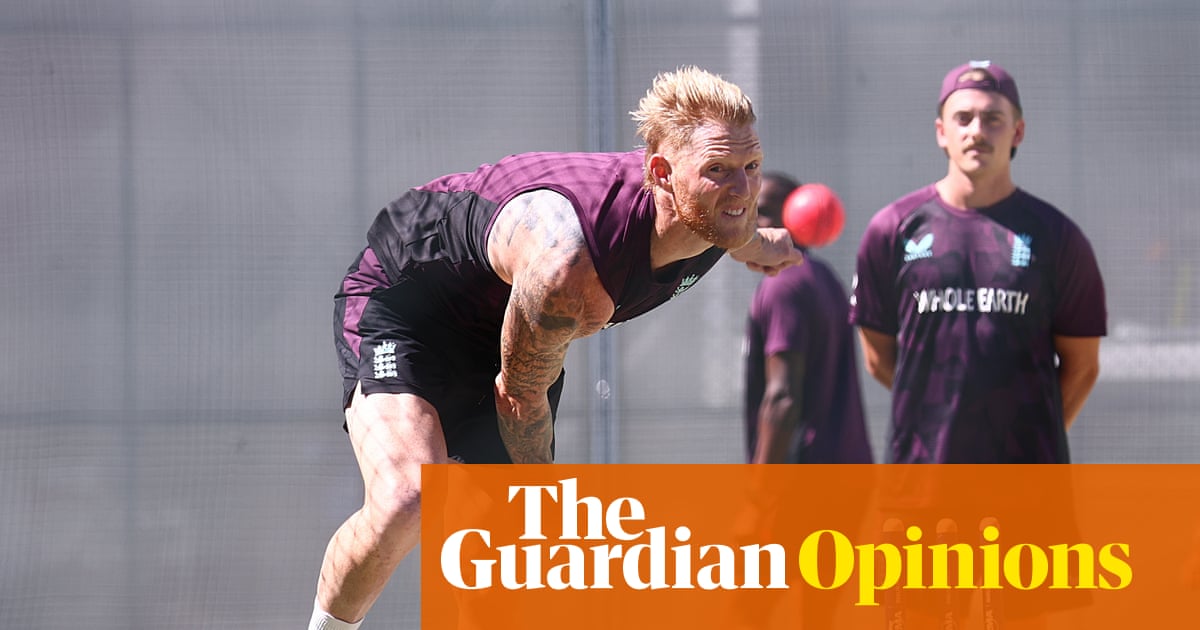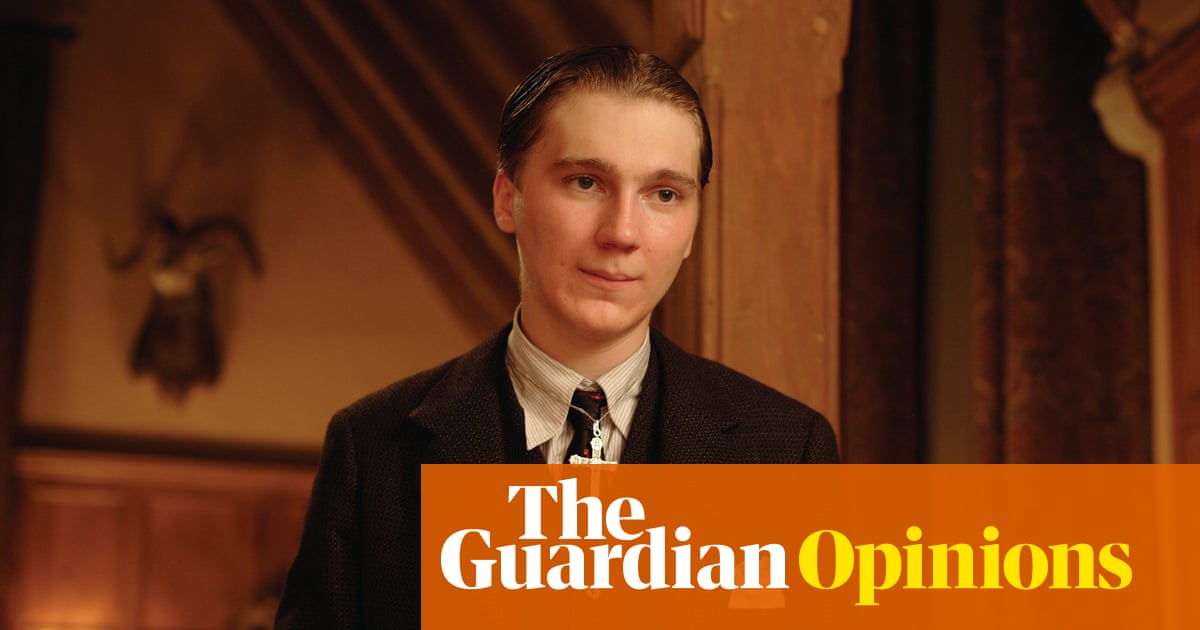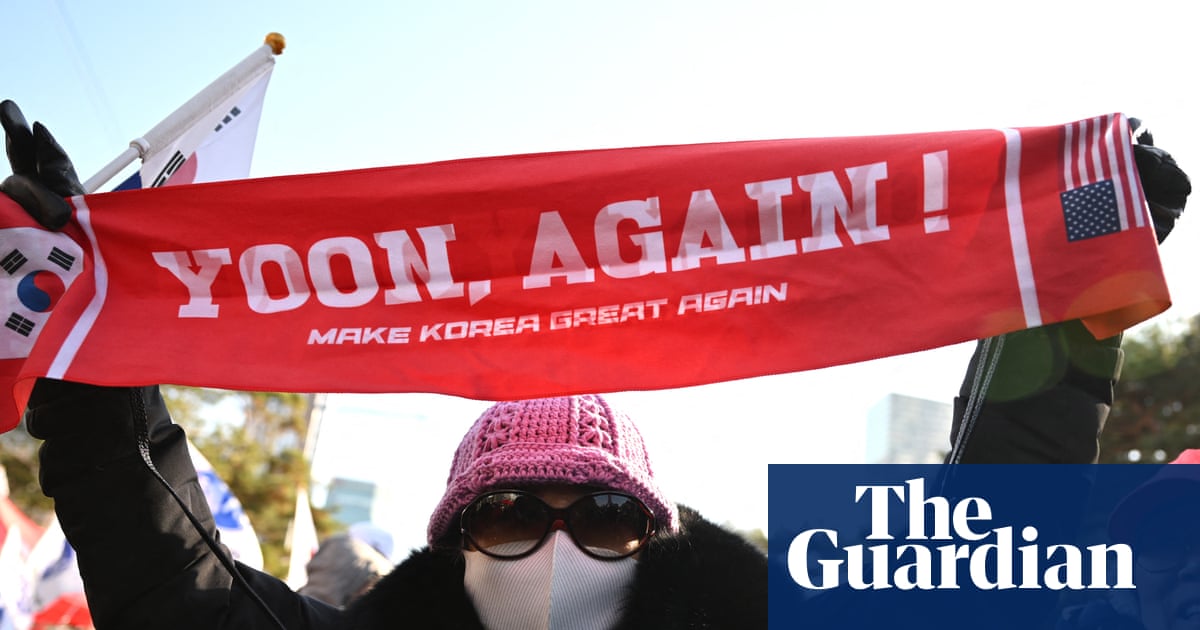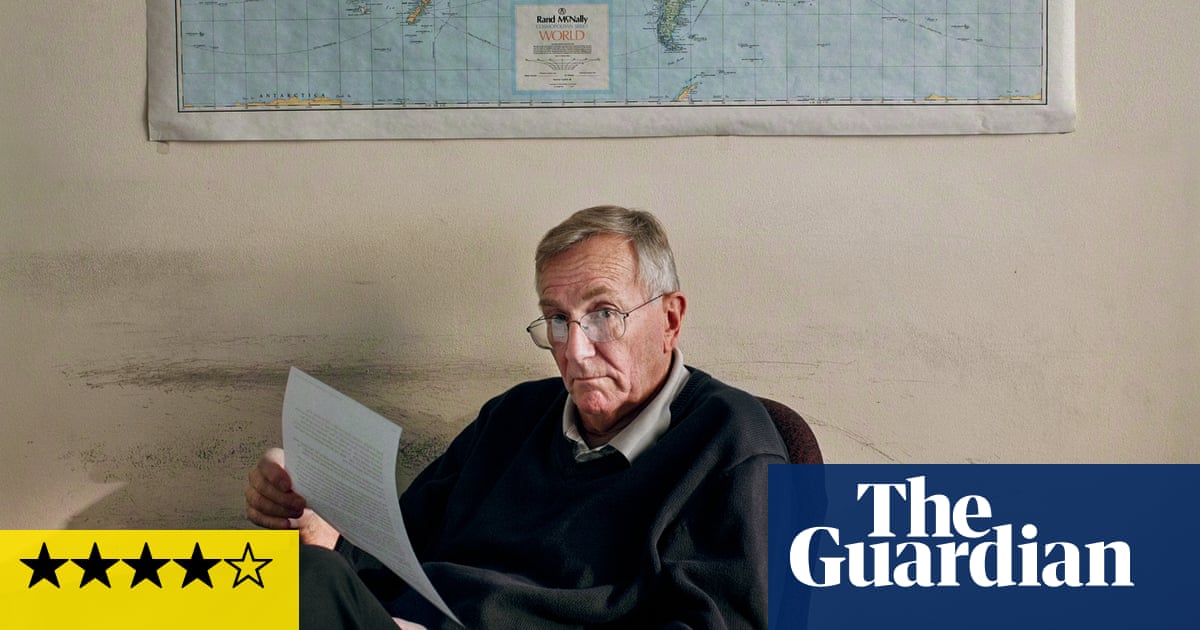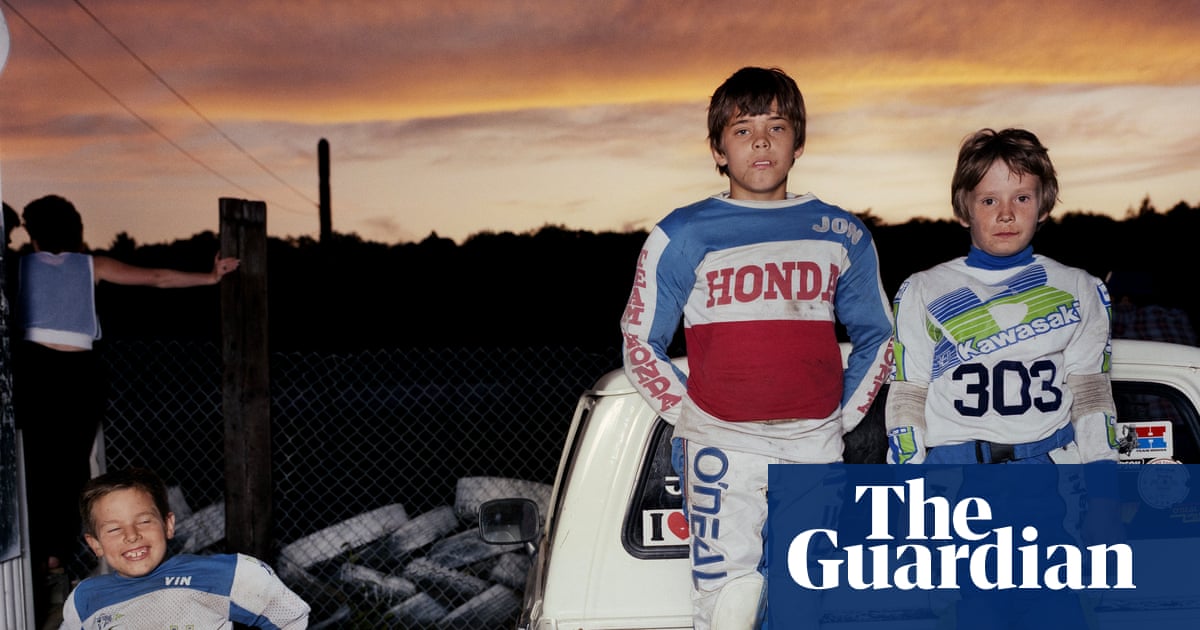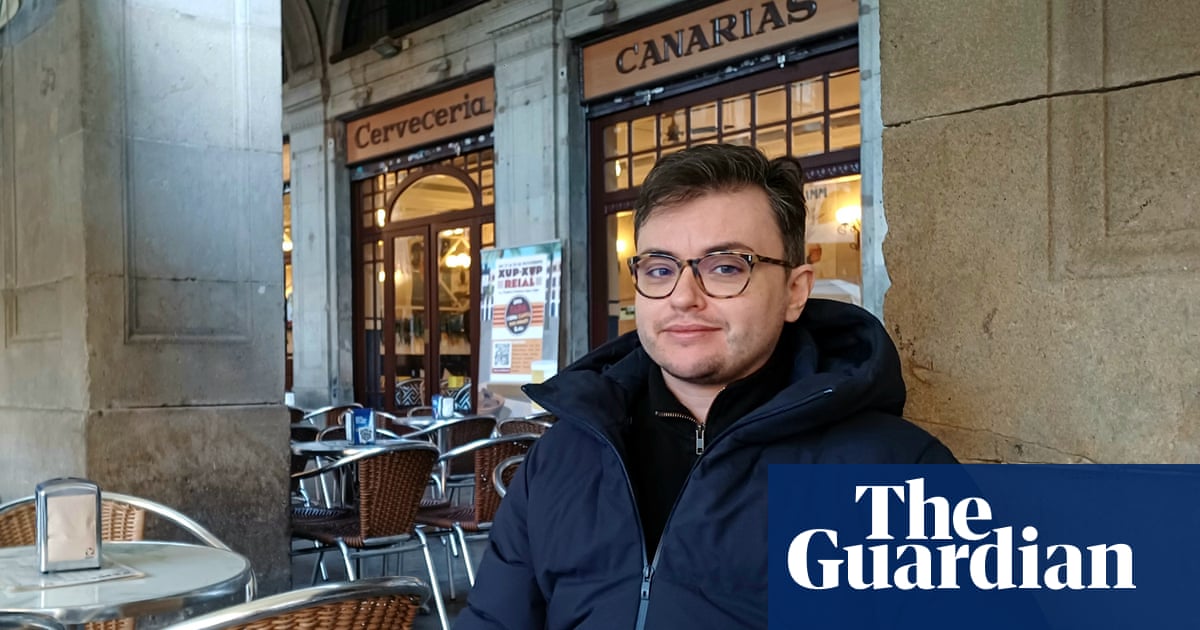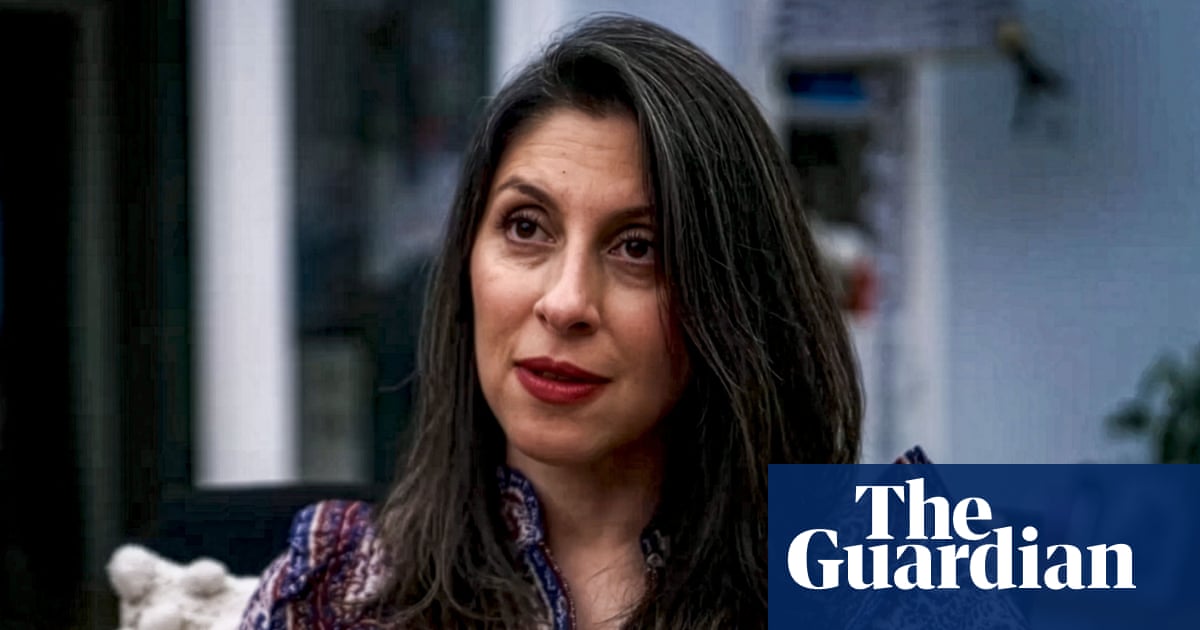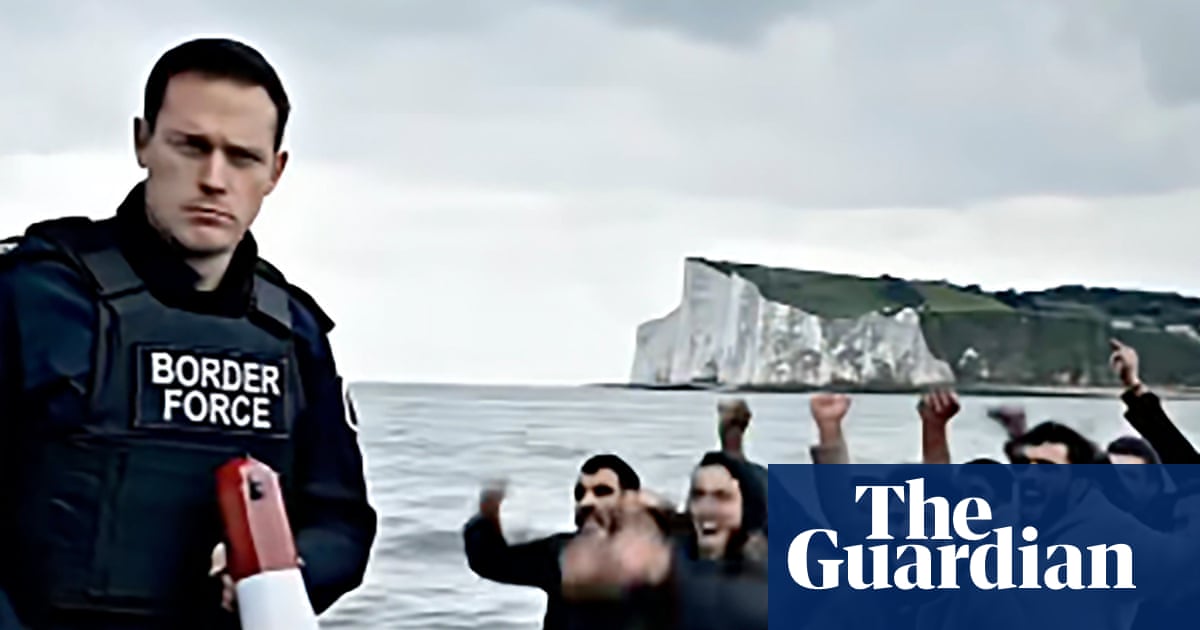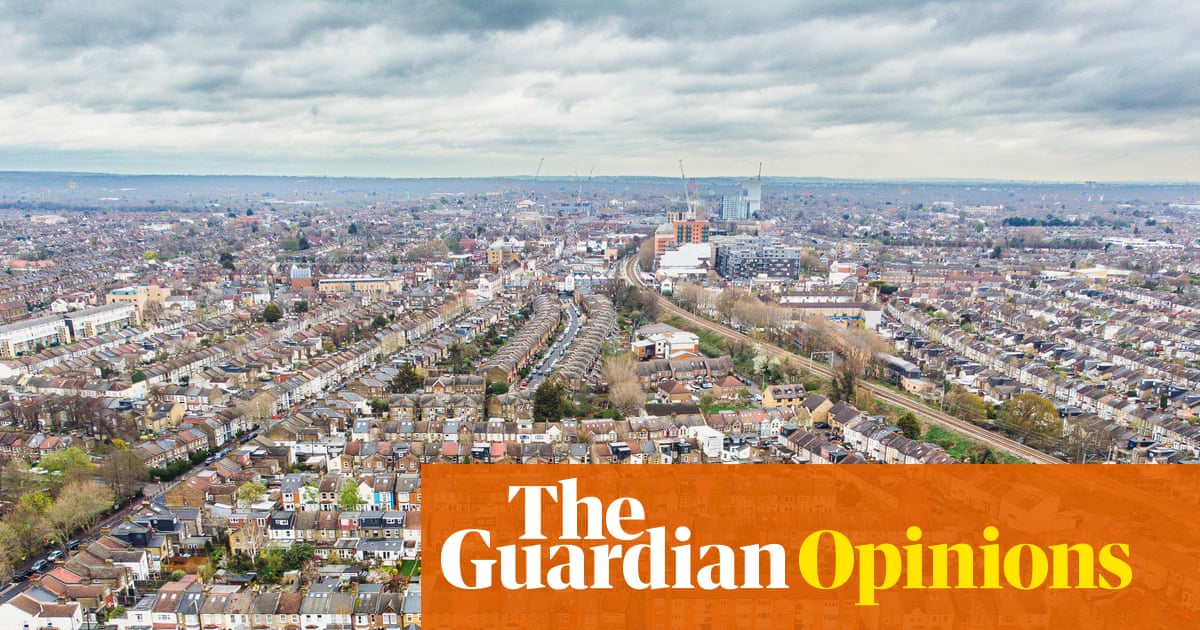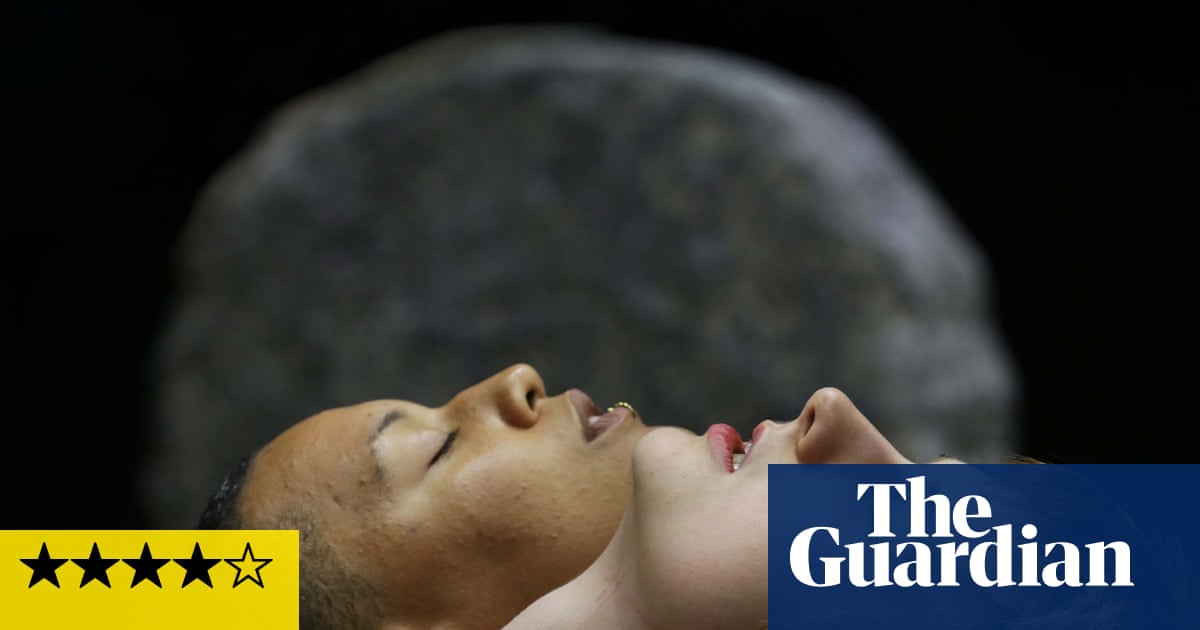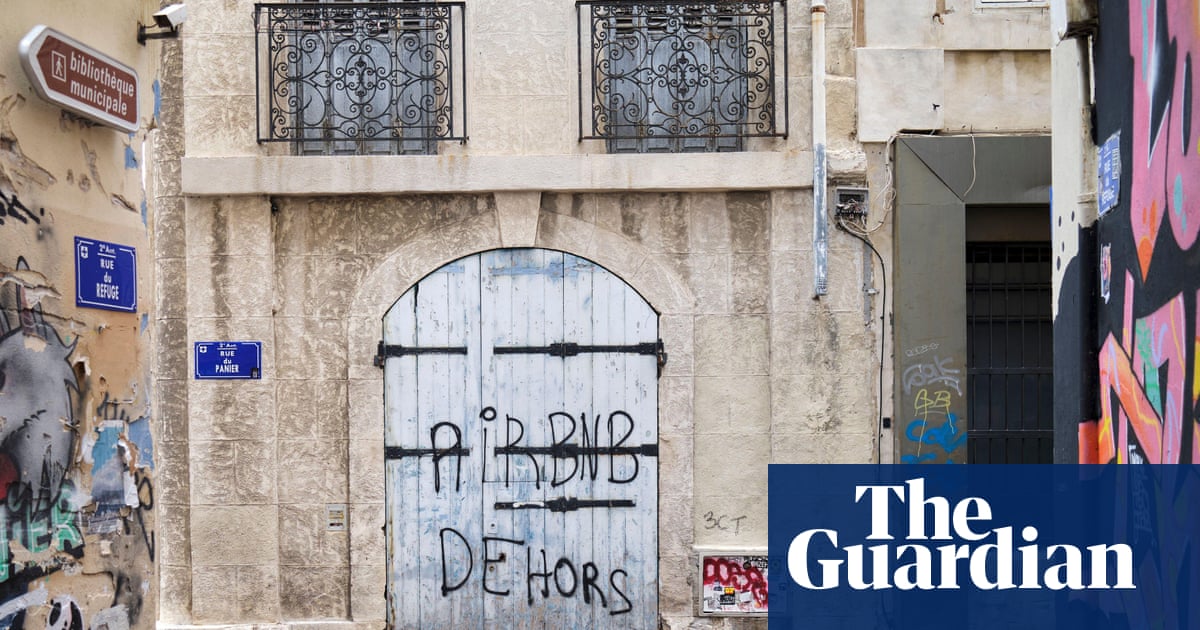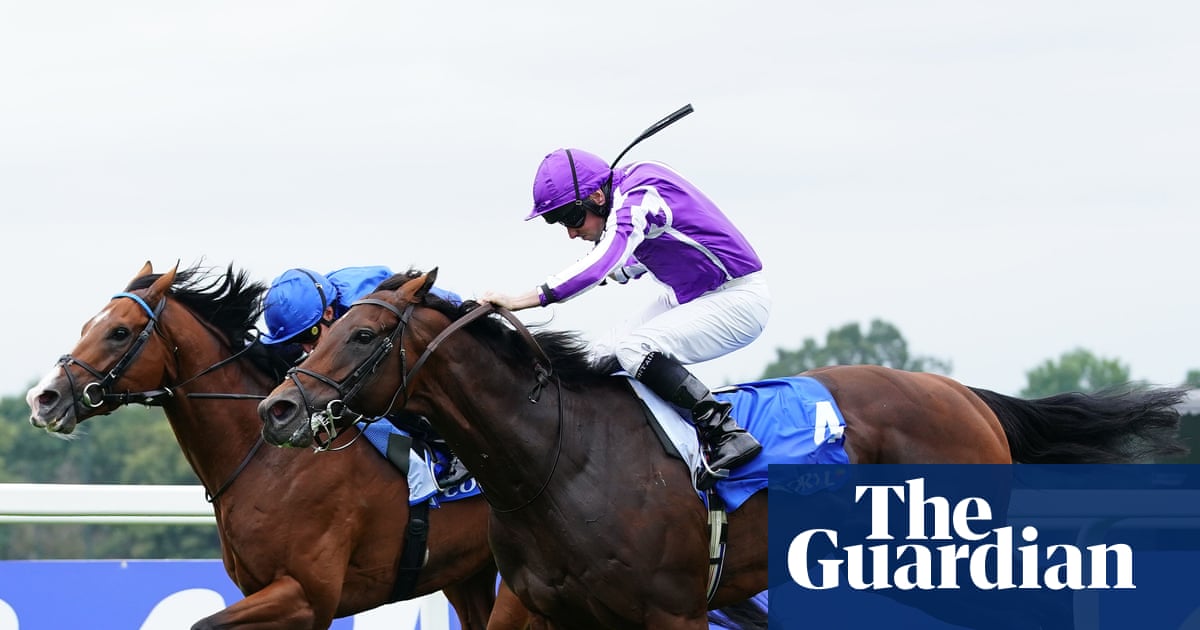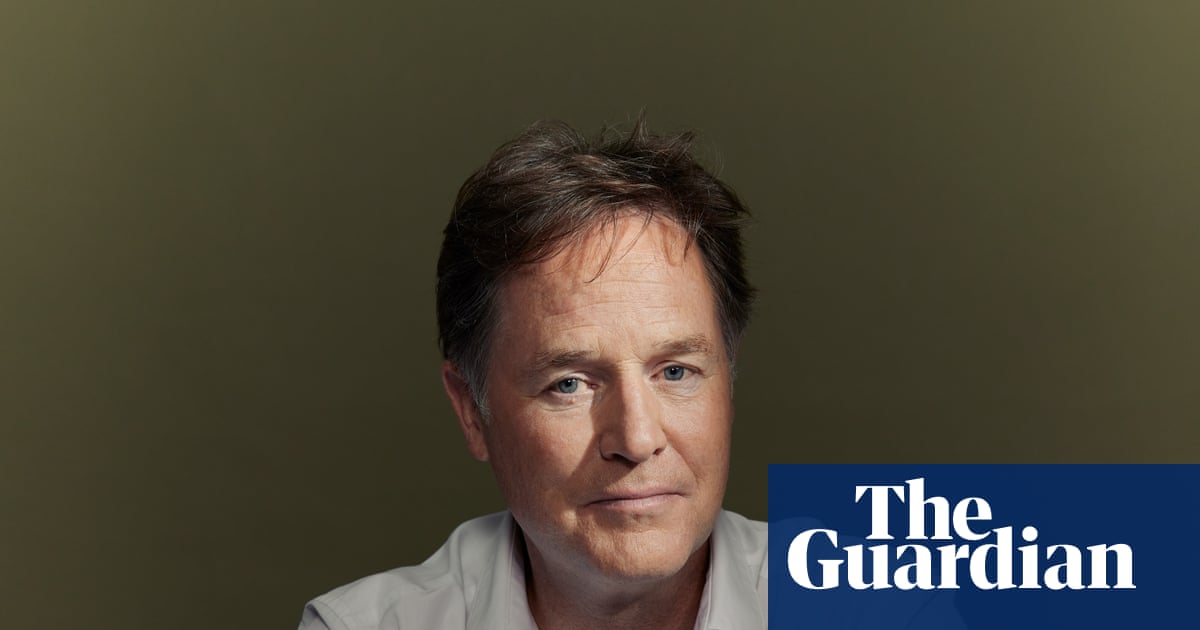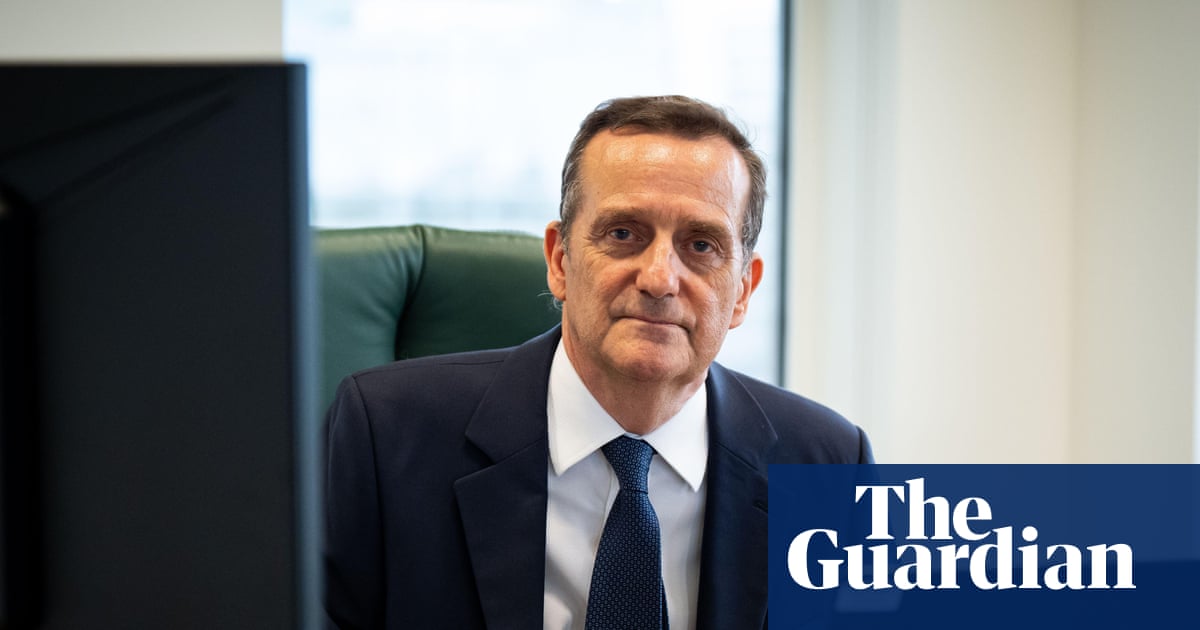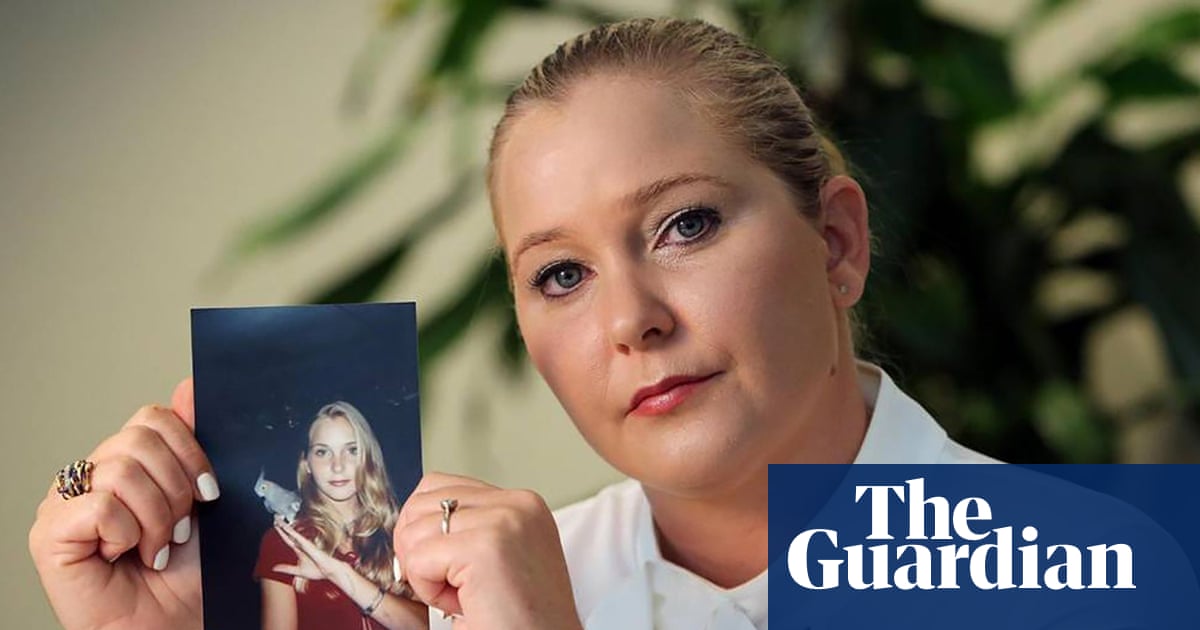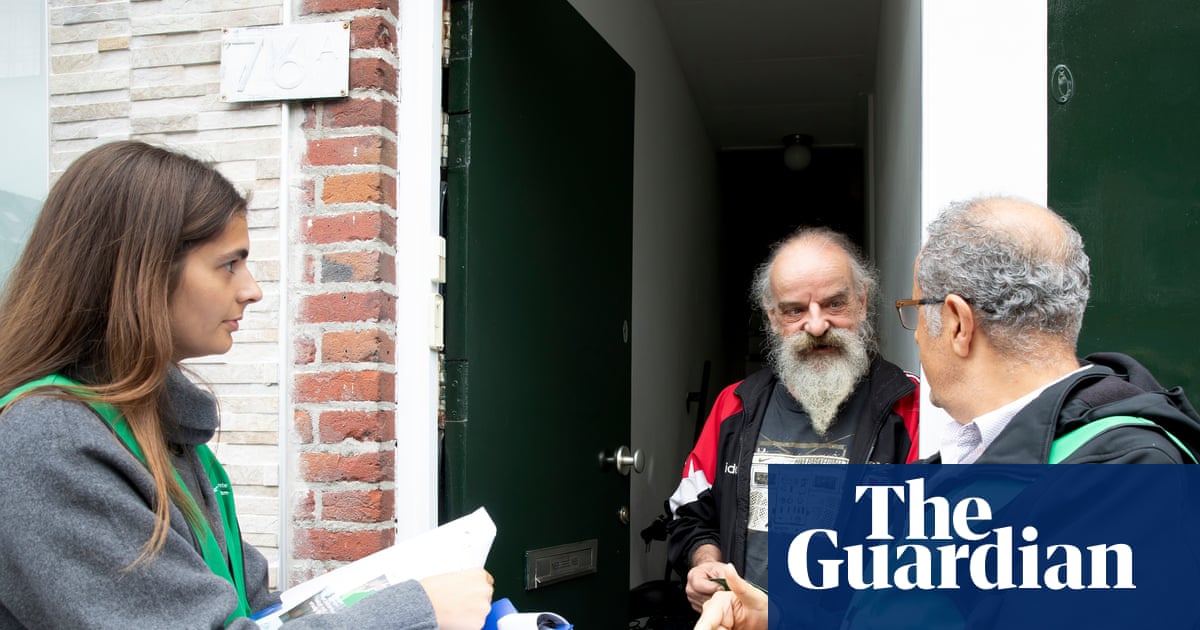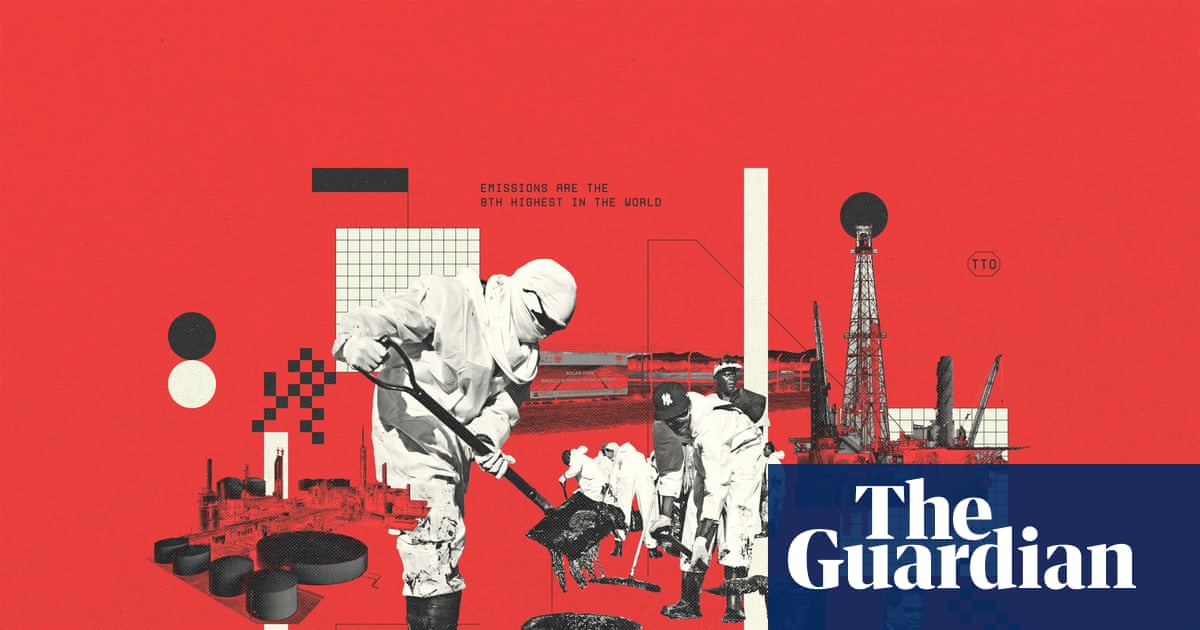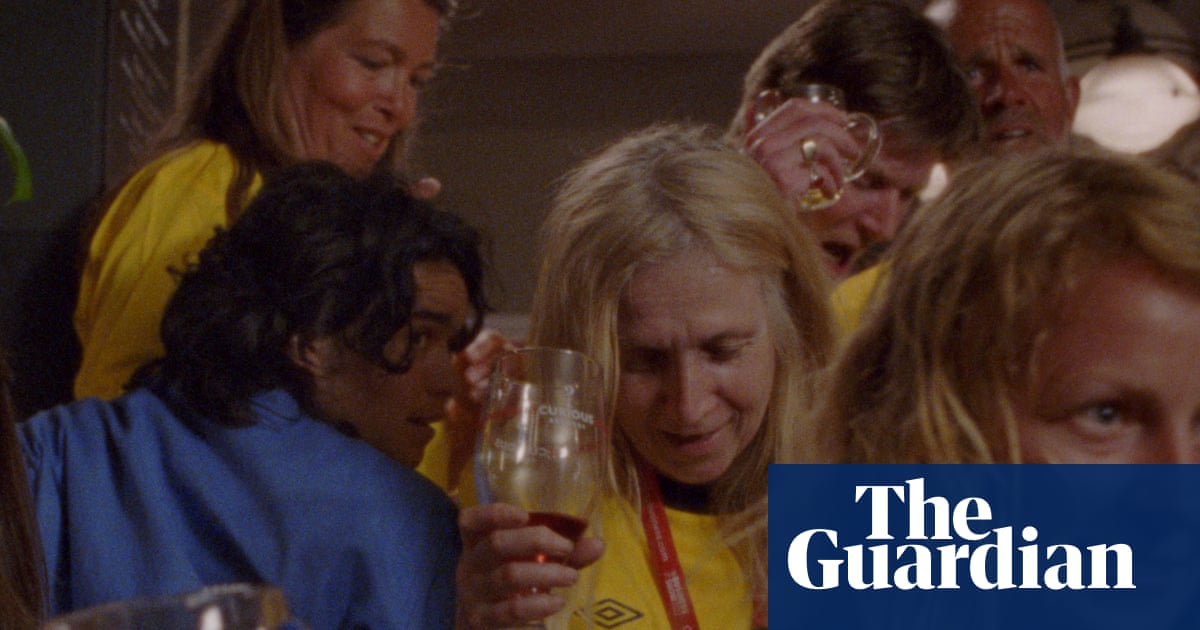It is, in my experience, often the photo that does it. You can be nice or mean, bland or snide, accurate or wildly off-base. But none of what you write as a journalist matters much in comparison with the photo that runs alongside it. That’s the main determinant of how bitterly a subject will complain about a piece, or whether they will tip from mildly annoyed to actively raging. In this regard, Donald Trump, who went after Time magazine this week for using a photo of him on the cover he has called “super bad” and “the Worst of All Time”, has acted in a way that, unusually for the president, is in line with how other people act.
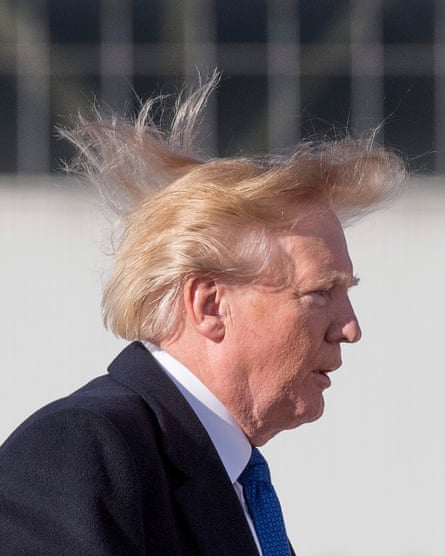
Even more unusually, he’s not wrong. The Time cover, shot from below to give readers an unrestricted view up Trump’s nose, is extremely unflattering. His turkey wattle neck looks like a ski run after the snow has melted. His eye is reptilian. His hair is the flyaway gauze of a newborn. Or, as Trump put it in the Truth Social rant he published in the early hours of Tuesday morning: “They ‘disappeared’ my hair, and then had something floating on top of my head that looked like a floating crown, but an extremely small one.” (He can’t stay normal for long – the “crown” is just flare from the sun behind his head.) In these circumstances, it doesn’t matter to Trump that the headline is fawning (“His Triumph”), or the piece positive, praising the ceasefire in Gaza as “the deal [that] could become a signature achievement”. He only has eyes for the photo.
For anyone else in this situation, we might feel some sympathy; we’re all vulnerable where our appearance is concerned. But it’s Trump, a man who once mocked the movements of a disabled reporter, so we’ll take what schadenfreude we can get. Meanwhile, the question put in front of the world’s picture editors this week was (cue Anthony Clare voice): what was Time magazine trying to say with this photo? You have to laugh. Rival picture desks jumped to defend their profession by speculating that the photo was obviously designed to show the president as a commanding, magisterial presence. But to anyone with eyes in their head it was clearly a troll-based decision. “Look!” screamed the subtext of the Time magazine cover. “We may seem like forelock-tugging losers for coming up with that headline, but at least he looks like a tit in the photo.”
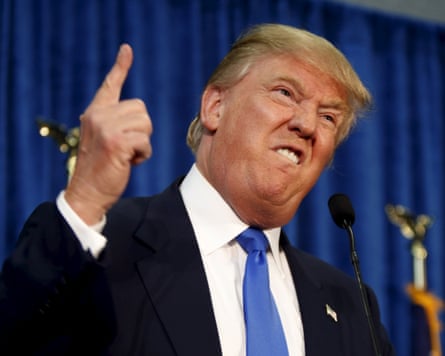
And, of course, it’s an age-old, passive aggressive, customarily tabloid tactic to run a hit photo then deny you’ve done any such thing. Weird expressions, closed eyes, any kind of off-the-cuff movement that breaks the seal on boring stock photos or airbrushed banality makes for a more interesting visual. The Guardian doesn’t use pap shots, but it isn’t above making the occasional, less flattering choice. Decades ago, I interviewed a woman in entertainment who is both famous and famously appalling – I would honestly rather have spent time with a war criminal. At a glance, the photo used of her looked fine, but on closer inspection you could see the skin had bunched up around her armpits to give it a crepe-like consistency, a small, ageing detail that triggered a Trump-like conniption after the story came out. Unlike Trump, no one ever mentions their vanity has been wounded – they fixate on the headline, or a pull quote, or a misapprehension in the text. But from the pitch of the anger, you always know when it’s the photo that’s done it.
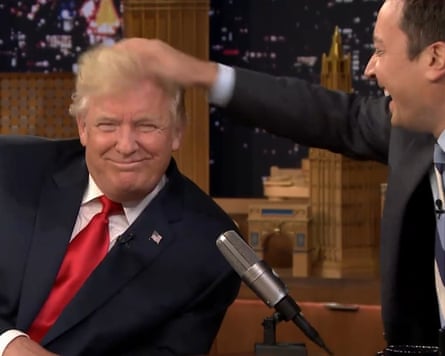
And as a weapon, it’s inconsistently used. I’ve seen at least one prominent male figure lose the plot because of an unflattering photo (the picture editor failed to airbrush out his nose hair LOL), but women are more often the targets. The actor Olivia Colman has talked about how awful it feels: “You’re on the red carpet and they’re always trying to get photos up under your chin and everyone comments on it and says awful things and you think FUCK OFF, I wasn’t born a supermodel and I’ve had three children and my body’s stretched and bits have drooped and it’s not fair.”
She’s right, it’s not fair. It’s a low blow, using a photo to make a point you wouldn’t want to put in words, and Trump understands low blows better than anyone. Looking at what he correctly described as a “really weird” photo this week, I’m inclined to shrug and say some people deserve it.
-
Emma Brockes is a Guardian columnist

.png) 1 month ago
45
1 month ago
45
